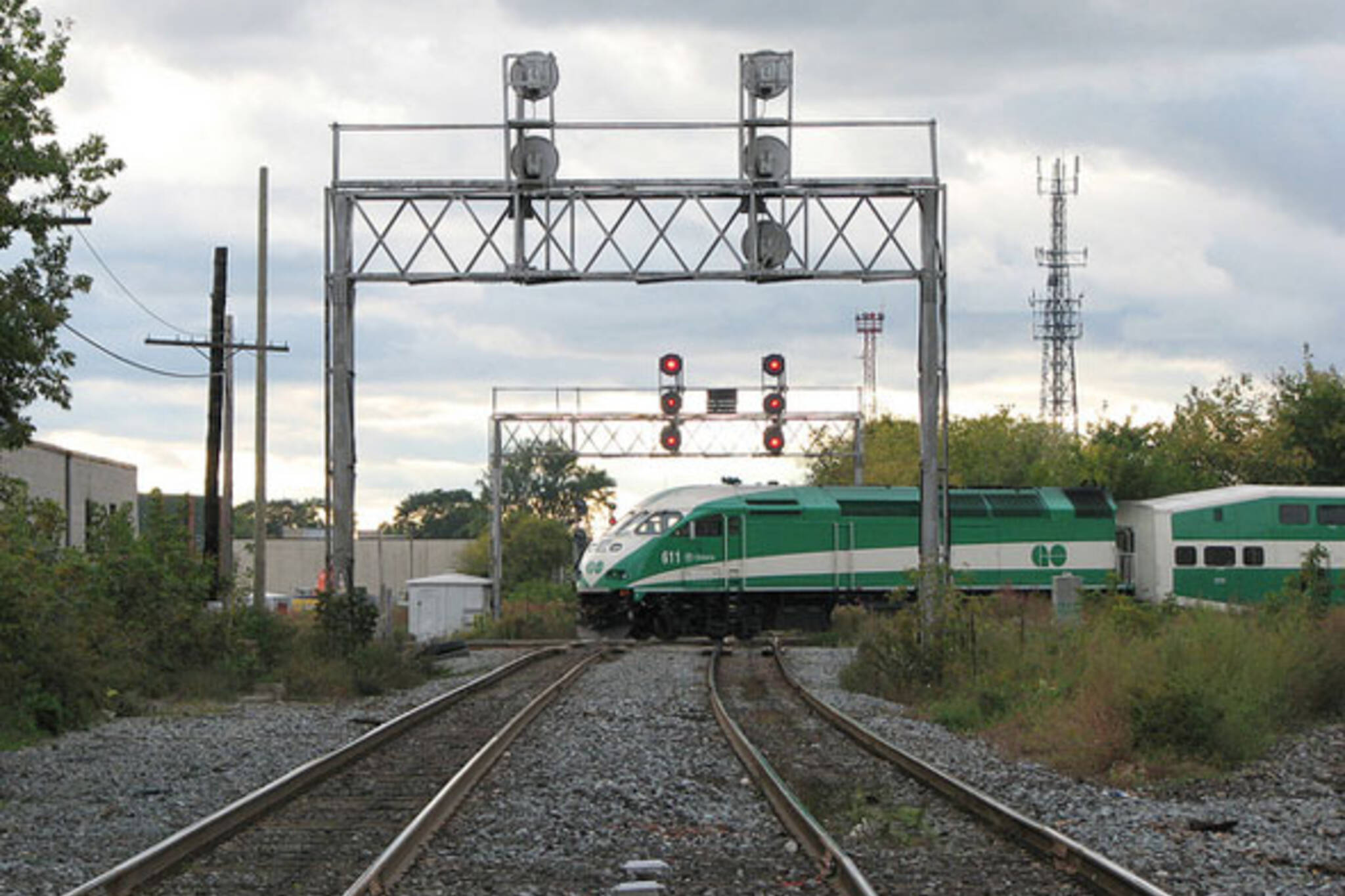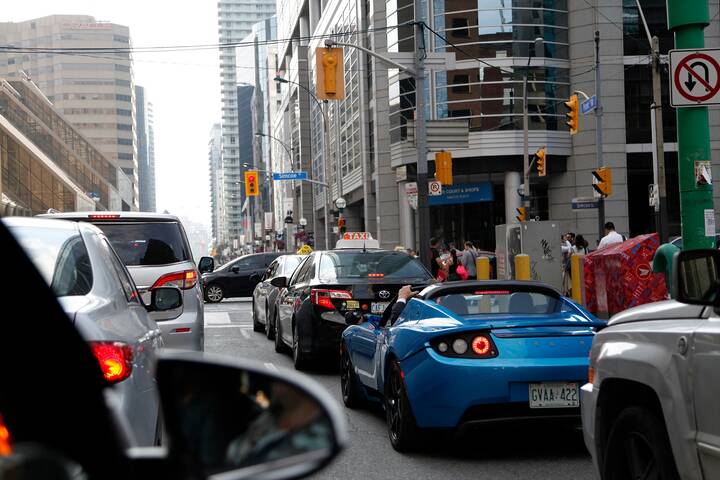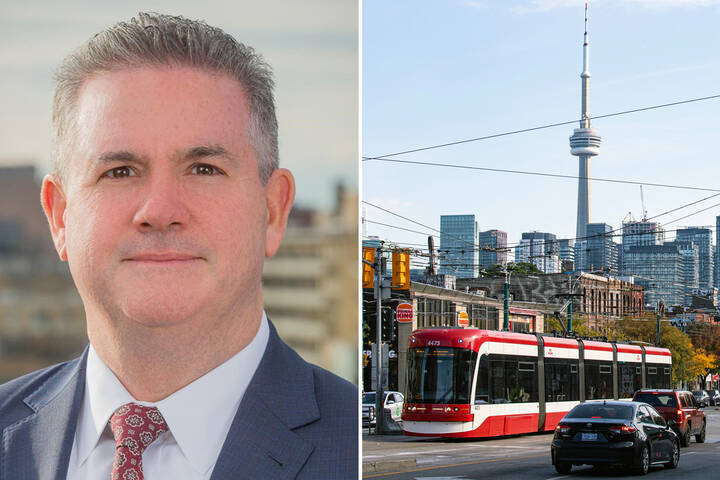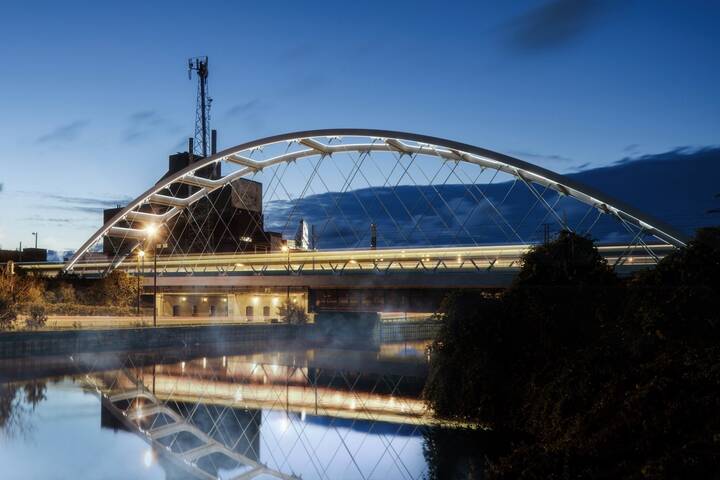
Is Metrolinx replacing enough of the trees it's cut down?
Metrolinx has cut down more than 160 trees and plants on the Georgetown South rail corridor as part of construction work for the Union-Pearson Express, the latest figures show, and that's not sitting right with one local advocacy group.
The provincial transit agency has promised to replace each tree over 30 centimetres in diameter on a 3-1 basis, but the Junction Triangle Rail Committee doesn't think that plan goes far enough to mitigate the environmental impact of increased diesel train traffic in the area.
"They wiped out the entire greenbelt that existed in the rail corridor, all of the vegetation - every tree, shrub was whacked all the way up to Weston," says Kevin Putnam, a spokesman for the group.
"167 trees seems kind of a small number. Clearly there are 100s of others smaller than [30 cms], and a tree that's 30 cms is 15 or 20 years old at least. You're replacing these trees with saplings."
In a statement released Friday, Metrolinx promised to plant more than 500 replacement trees on completion of the project in late 2014. "Metrolinx is also exploring partnerships with organizations to identify viable re-planting sites," it said.
The Junction Triangle Rail Committee is concerned that gesture, required by the City of Toronto's tree bylaw, isn't big enough. It would like to see plants returned to the rail corridor, possibly in the form of a "living" noise barriers used in other parts of the world.
The JTRC also believes construction of the concrete sound-deflecting wall, designed for diesel trains, could become an obstacle to electrification in future, something his group passionately campaigns for.
"They'll make 500 trees available but anyone can come and help themselves. They could be planted anywhere in the neighbourhood but they're not being planted along the rail corridor. They're not planting them on their property or close by, they're not hiring a firm to do that. They're just paying lipservice," Putnam believes.
Metrolinx, however, says that's not the case. They maintain they will be the ones doing the planting of the replacement trees away from the rail corridor, though the location couldn't be confirmed at publication time. The trees can't be returned too close to the new tracks because safety rules require train drivers to have a clear view at all times.
Should Metrolinx be planting more trees to adequately offset the carbon emissions from diesel trains on the Union-Pearson Express? Does it matter that the replacements might not be on the rail corridor? Could trees be considered a good noise barrier?
Chris Bateman is a staff writer at blogTO. Follow him on Twitter at @chrisbateman.
Image: MrDanMofo/blogTO Flickr pool.
Latest Videos
Latest Videos
Join the conversation Load comments







